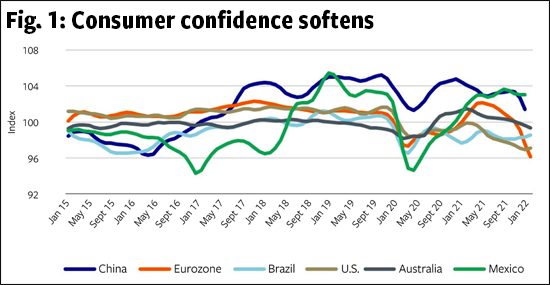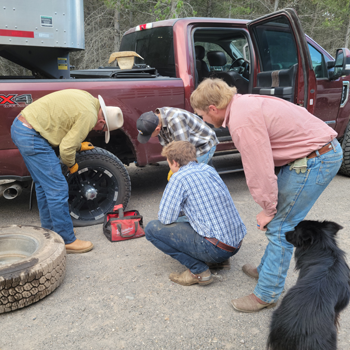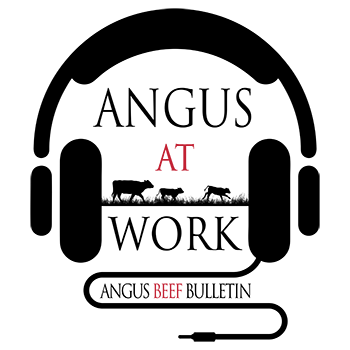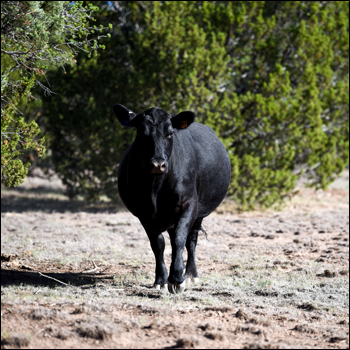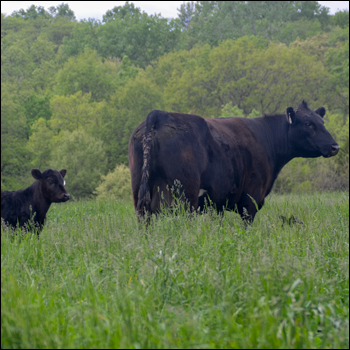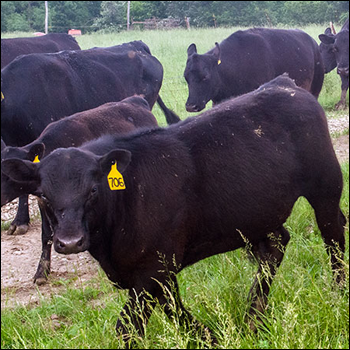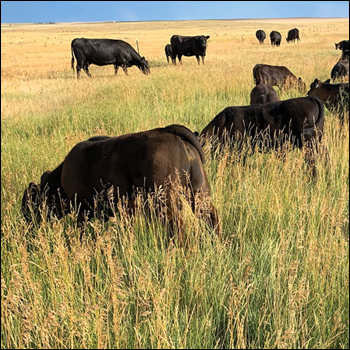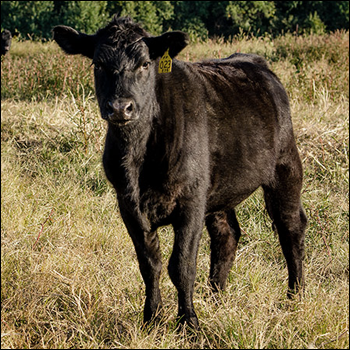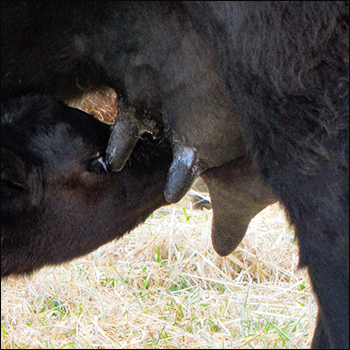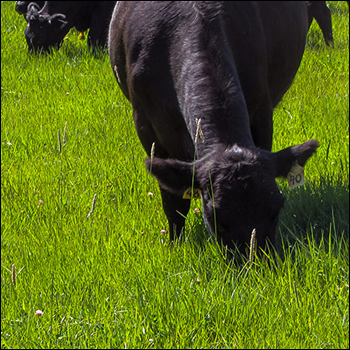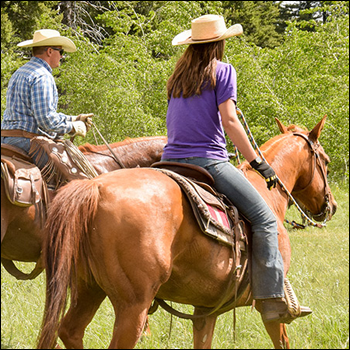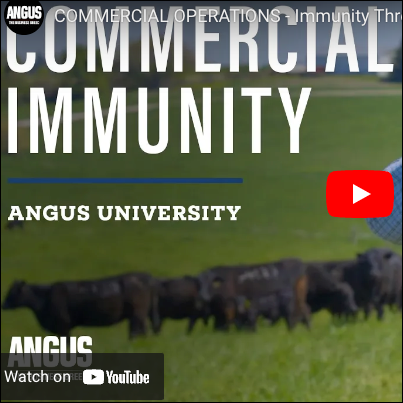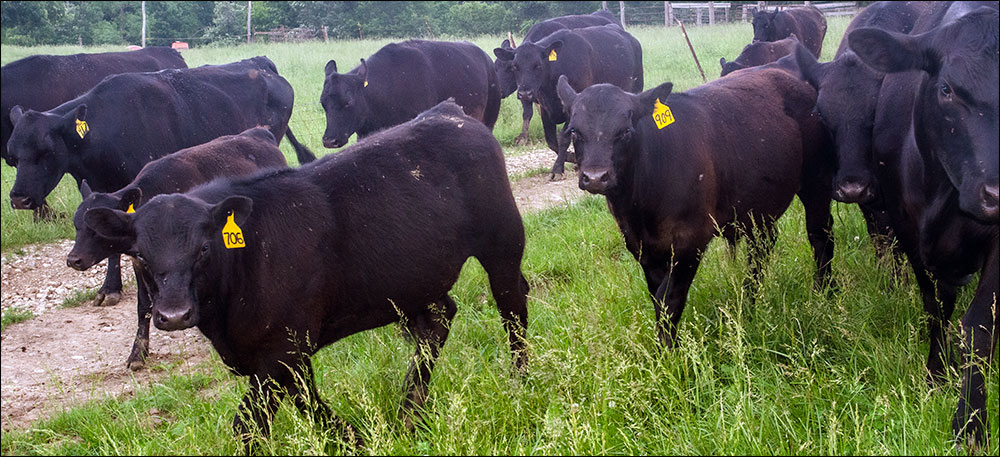
First Movers Release Climate-neutral Products Onto Shelves
Rabobank’s beef report asks whether consumers will pay for price increases due to net-zero-carbon beef.
According to Rabobank’s latest beef report, companies are taking next steps to meet goals for reducing emissions. With consumers already paying more for beef, the big question is: Will the market be able to support a further lift in beef prices to offer a “premium payment” for net-zero-carbon beef?
Cattle prices across the seven major exporting countries remained strong through the first quarter of 2022. Low inventory and favorable seasons in Australia continue to support cattle prices, while firm consumer demand supports U.S. prices, despite the higher-than-expected production and cattle-on-feed numbers in the first quarter resulting from dry conditions.
Meanwhile, we are starting to see positioning of low-emission and climate-neutral beef products on shelves around the world. Yet it is not an easy time to translate sustainability and emission commitments into action. Consumers aruund the world are paying more for beef now than at any time in history.
“In our view, the full cost of production (sustainability initiatives aside) is not currently being passed on to consumers. Consumers’ willingness and ability to pay is likely to be tested in 2022 as inflation levels climb around the world,” explains Angus Gidley-Baird, senior analyst of animal protein at Rabobank.
The first signs of softening consumer confidence are already apparent in most markets, with wholesale prices for beef coming under pressure even though production costs are higher. A downward adjustment of cattle prices and upstream input costs will be needed to restore processor margins and to maintain beef’s competitiveness with consumers.
“We expect ongoing adjustments of consumption and margins in all markets as we head into [the third quarter of] 2022,” states Gidley-Baird.
A return on this investment may take many different forms
Regardless of whether the economic outlook makes it a favorable time to invest in production system changes, action is required to deliver on commitments. Several of the first movers in the carbon-neutral beef space are using offsets to generate their carbon-neutral status. These offsets add costs to the supply chain. Yet the reduction of emissions, while saving the costs of offsets, has its own costs. For businesses to implement carbon-reduction practices, a return on investment or revenue to cover these costs is going to be needed.
“We see five possible forms of return, many of which will occur simultaneously: access to the market, access to finance, improving productivity, premium prices, and new revenue streams. Theoretically, such a return needs to sit somewhere above business as usual to incentivize change but below the cost of purchasing offsets to maximize efficiencies,” concludes Gidley-Baird.
Read the whole report here.
Editor’s note: This article was provided by Rabobank. Photo by Kasey Brown.

Angus Proud
In this Angus Proud series, Editorial Intern Jessica Wesson provides insights into how producers across the country use Angus genetics in their respective environments.
 Angus Proud: Scott Sproul
Angus Proud: Scott Sproul
Oklahoma operation learned wisdom of moving calving season to better suit their marketing needs.
 Angus Proud: Bubba Crosby
Angus Proud: Bubba Crosby
Fall-calving Georgia herd uses quality and co-ops to market calves.
 Angus Proud: Jim Moore
Angus Proud: Jim Moore
Arkansas operation retains ownership through feeding and values carcass data.
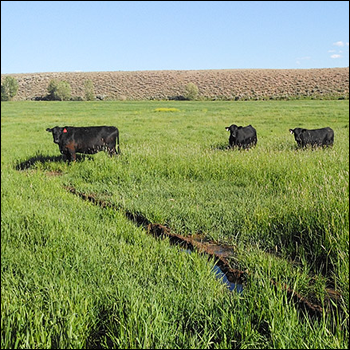 Angus Proud: Stephen Shiner
Angus Proud: Stephen Shiner
Idaho operation rotates pastures in summer and raises crops for winter.
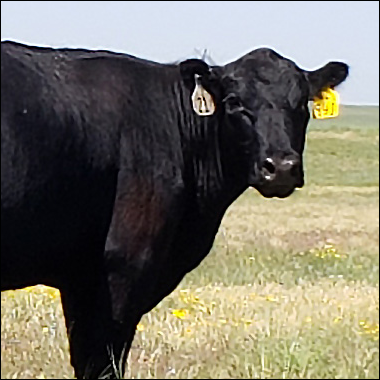 Angus Proud: Brian Nusbaum
Angus Proud: Brian Nusbaum
Angus cattle fit cattleman’s marketing goals and helped him set out on his own.
 Angus Proud: Les Shaw
Angus Proud: Les Shaw
South Dakota operation manages winter with preparation and bull selection.
 Angus Proud: Jeremy Stevens
Angus Proud: Jeremy Stevens
Nebraska operation is self-sufficient for feedstuffs despite sandy soil.
 Angus Proud: Dave Rutan
Angus Proud: Dave Rutan
Angus breeder gets the most out of his bull investment by partnering with opposite calving-season operation.
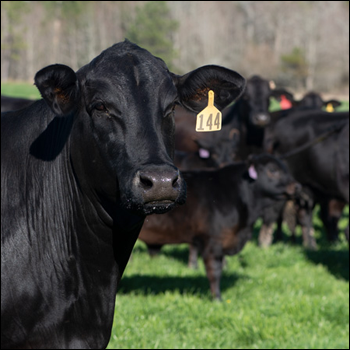 Angus Proud: Nickey Smith
Angus Proud: Nickey Smith
AngusLink helps Louisiana cattleman gain more for his calves.
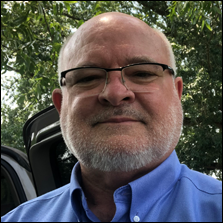 Angus Proud: Mike Moss
Angus Proud: Mike Moss
Operation’s nontraditional start lends to creativity and conservation efforts.
